Solar PV panels on your roof produce direct current (DC) from sunlight, which passes through an inverter to become alternating current (AC) electricity which we use in our homes. Your system is connected via a circuit breaker in your main switchboard – which in turn is connected to your meter. Your home will utilise energy generated by your solar panels before drawing any additional requirement from the grid. Conversely, if your home is producing more electricity than you are using, then the surplus flows back into the grid to be used by others, earning you credit.
The term “PhotoVoltaic” refers to the process of generating energy from the sun, also known as solar energy.
A grid connected PV system allows you to purchase additional power from the grid (e.g. at night and on cloudy days) – and export any excess power that you generate back to the grid. A grid-connected PV system does not store energy. You either consume it as it is made, or you export it for credits. Most solar PV systems are grid connected.
No. A grid-connected solar PV system must legally shut-down within 2 seconds of the grid going down. This prevents any power from flowing back into the grid during events such as line maintenance etc.
The average NZ homes consumes about 8,000kWh annually – though this figure includes housing stock of all sizes and ages. The average modern, well insulated, double glazed home should use significantly less than this amount.
To store the energy that you generate, you will need either a ‘hybrid system’ or ‘standalone system’. Hybrid systems are typically still connected to the grid, but also include a limited amount of battery storage. Standalone systems are also referred to as ‘off-grid’ and are totally reliant on battery storage, often coupled with wind and/or generator back up. Contact Infinite Energy NZ to discuss storage options.
Depending on where you live and the installation angles (your roof plus aspect) your system can produce around 1,450kWh per year for every 1kW of PV you have installed (based on Central Otago/Queenstown Lakes regions).
A kWh (kilowatt hour) is a measure of energy usage – most power companies also refer to a kWh as a ‘unit’ of electricity.
A grid connected PV system will supply energy to your home that can be consumed by anything that uses electricity.
Depending on which power company you are with – you can receive between $0.12 – $0.18 unit/kWh of electricity that you export back into the grid, depending on your energy supplier.
Your power supplier will install an import/export meter at your house. This meter tracks how much energy you are using (importing) from the grid and how much surplus power you are exporting back to the grid.
Your inverter (that converts DC to AC) will store and display a wealth of data on real time energy generation, plus record data to show daily, weekly, monthly and total energy generation. Some systems also relay all of this data to cloud based monitoring sites – so you can see your data from any device that has an internet browser and connection.
No. There are no subsidies available at this time. However some lenders provide assistance for green projects.
Our PV panels will come with a performance guarantee for 25 years as do the micro-inverters that we install. String inverters typically come with a 5 year warranty, although some can be upgraded to 10 years.
A string inverter is a single unit that processes all of the DC power from your panels and converts it to AC. A string inverter is typically mounted on a wall in the house/garage. Micro-inverters are installed behind the panels on the rooftop and convert to AC at the source. They typically come with much longer warranties and wiring in the home is much simpler.
Typically there is no maintenance required as there are no moving parts in your system. From time to time (every couple of years) you may like to give your panels a gentle wash to remove dust and pollen build up.
Most installations are completed within a day. Once the system is installed, we then need your power company to supply an import/export meter – and then we arrange for a system inspection. Once the system has been inspected, you are up and running. Timeframes for the supply of import/export meters can vary and it is best if you keep in contact with your power company for updates.
